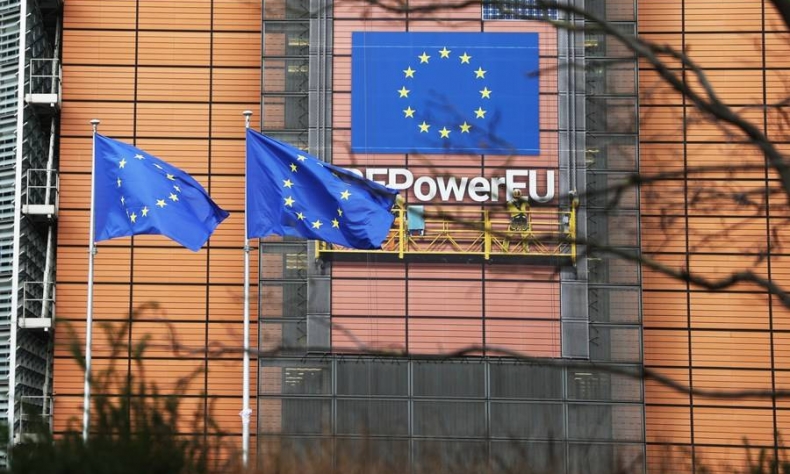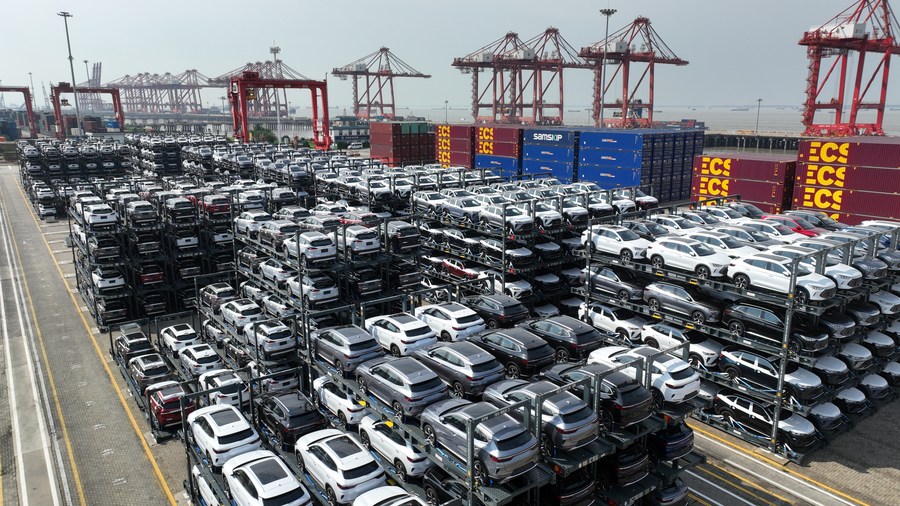China-EU: The Status Quo

This does not mean that all disputes or areas of contest will be bridged. However, bilateral consultations always help.
At the 24th China-European Union Summit convened in person in Beijing on December 7. Despite disagreements, Chinese and European leaders are negotiating to move the partnership forward, as evidenced by their high-level dialogues on strategic relations, digital affairs, economic and trade issues, and climate change.
European Commission President Ursula von der Leyen noted at the post-summit press conference that the EU welcomes China’s determination to establish a mechanism to clarify its rules.
In the field of environmental protection, the EU commends China for joining the Global Methane Pledge. During the 28th Session of the Conference of the Parties to the UN Framework Convention on Climate Change (COP28), from November 30 to December 12, the United Arab Emirates, along with China and the United States, convened a meeting to discuss the acceleration of the cut of methane and other non-carbon dioxide greenhouse gases to reduce near-term warming and keep the goal of limiting the average global temperature increase to 1.5 degrees Celsius within reach.
China, for its part, has been a pioneer in renewable energy, although it continues to rely on carbon resources to ensure its energy security. Beijing and Brussels agree on the need to cooperate on their emissions trading systems, which are the largest in the world.
In this regard, the European experience is valuable to China. Its emissions trading system was launched in 2005, 15 years before China’s. Both sides recently announced the renewal of their related memorandum of understanding.
In the area of trade, the numbers speak for themselves. Data from Eurostat, the EU’s statistical office, showed that European imports from China rose from 250 billion euros ($273 billion) in 2012 to 626 billion euros ($683 billion) in 2022. And European exports to China increased from 132 billion euros ($144 billion) to 230 billion euros ($251 billion) during the same period.
From the EU prism, its rising trade deficit with China, driven primarily by a strong rise in imports from China, constitutes a problem that needs to be addressed. According to Eurostat, the increase in these imports pushed up the EU’s trade deficit with China from 250 billion euros ($273 billion) in 2021 to 396 billion euros ($432 billion) in 2022.

Beijing and Brussels are looking for solutions, although the type of traded products and their price need to be considered. Also, China’s role as a diachronic global supply chain center in line with the business interests of Western companies has to be taken into account.
In the sphere of investment, the level of interconnectedness is very high but recent years have witnessed some disaccord.
China sees difficulties when Chinese companies express fresh interest to invest in Europe, while the EU demands deeper access for European companies in the Chinese market. Though the current status quo of general geopolitical conditions remains rather unfavorable, the two sides are endeavoring to reach a balance. If the outcomes of the November Sino-American summit in San Francisco, the U.S., inject some stability into the international system, Sino-European relations will certainly follow suit.
Tourism is another sector where China and the EU work to expand their synergies. Following the hiatus of the COVID-19 pandemic, the tourism prospects for 2024 are bright. In its interest to boost the tourism industry, China has already announced a trial visa-waiver policy for five European countries, namely France, Germany, Italy, the Netherlands and Spain. This one-year pilot program, effective as of December 1, allows citizens from those countries to travel to China visa-free for a duration of 15 days.
As far as arrivals of Chinese tourists in the EU are concerned, official data exhibit that 40.3 million visitors from China’s mainland came to the Old Continent in the first half of this year. Although less than one third of the total arrivals from the mainland in 2019, that number is indicative of a situation slowly returning to normalcy after the pandemic.
China and the EU are intensifying their conversations to reach common ground and the recent Beijing summit was organized in this spirit. This does not mean that all disputes or areas of contest will be bridged. However, bilateral consultations always help.
The author is Director of the EU-China Program at the Centre International de Formation Européenne.
 Facebook
Facebook
 Twitter
Twitter
 Linkedin
Linkedin
 Google +
Google +










